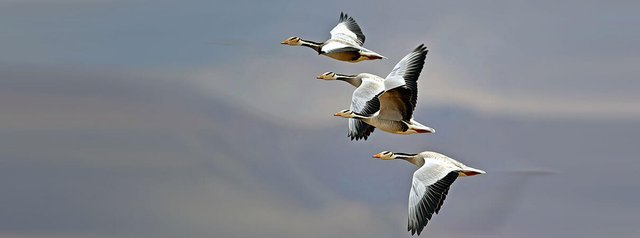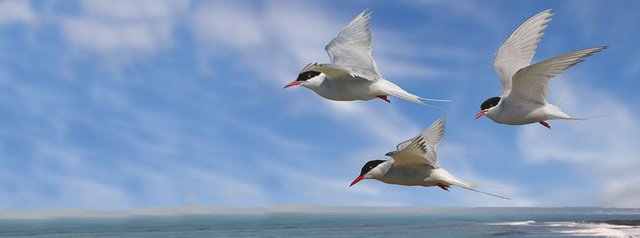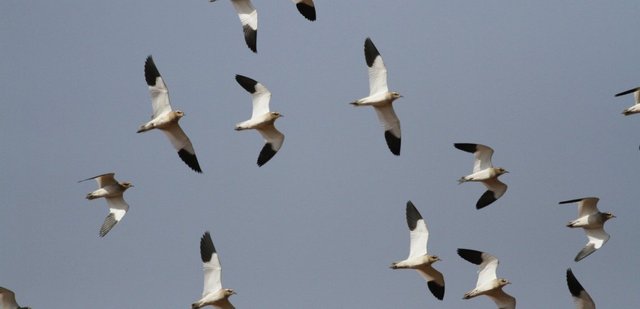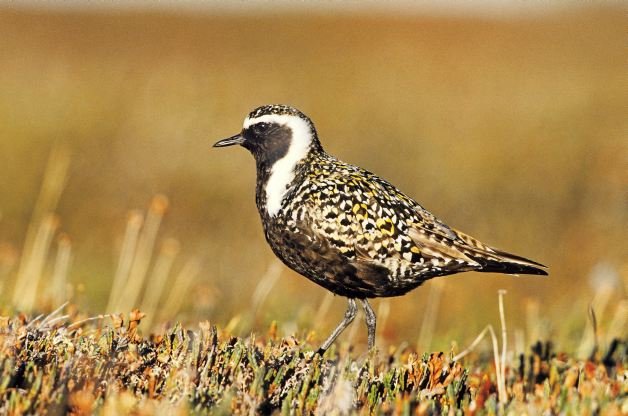Astonishing Facts About Birds traveling

As a travel community let us learn a complete story of how and why migrating birds make their annual trips still remains unknown. But what scientists are finding out about them is nothing less than astonishing. Here are some fascinating facts about these amazing travelers:
FUEL: How do the migrating birds keep themselves going on their long, nonstop journeys? Most species prepare for their trips by building up a fuel reserve in the form of extra fat stored in the body. The New England blackpoll, for example, nearly doubles its body weight before taking off. In 105 to 115 hours it arrives in South America, often completely exhausted and even about to die. For you to match that feat, you would have to run four-minute miles for 80 consecutive hours without any intake of food or drink!
SPEED: How fast do they fly on their migratory path? Most smaller birds move along at 25 to 30 miles an hour (40 to 48 km/h). Even the tiny hummingbird can do better than 20 miles an hour (32 km/h) on such journeys. Larger birds, such as geese and sandpipers, can travel at speeds exceeding a mile a minute. To generate and maintain that kind of speed, the bird’s heart must be the most powerful motor of its size in the world.

Arctic Terns over the Arctic Ocean. Photo by Tony Brindley/Shutterstock.
ALTITUDE: On their migratory journeys most birds fly at relatively low levels, some barely hugging the crest of ocean waves. But mountaineers in the Himalayas have been amazed to observe geese flying high over their heads, at a record height of 29,500 feet (9,000 m) above sea level. To find favorable winds, even small birds can fly as high as 21,000 feet (6,400 m), up where the air is cold and rarefied.
In comparison, commercial jets that cruise at 25,000 to 40,000 feet (7,600 to 12,000 m) have pressurized cabins for the safety and comfort of passengers who merely sit and rest. Without an extra source of oxygen, humans begin to experience shortness of breath and exhaustion at about 14,000 feet (4,300 m) and may die at higher than 25,000 feet (7,600 m).
RANGE: You probably have heard much about the great distances some migratory birds travel. Just how far do they go? The small New England blackpoll, mentioned earlier, flies 2,300 miles (3,700 km) nonstop to winter in South America. Golden plovers from the Aleutian Islands of Alaska fly nonstop 2,050 miles (3,300 km) to Hawaii in 35 hours, flapping their wings over a quarter of a million times. Some, after resting briefly, continue on another 2,100 miles (3,400 km) to the Marquesas Islands and beyond in the South Pacific.
The record? Well, the Arctic tern seems to outdo them all. It travels 11,000 miles (17,700 km) each way between its breeding ground in the Arctic and its winter home in the Antarctic, nearly halfway around the earth. But, in its own way, the ruby-throated hummingbird is no less astounding. Weighing only about one eighth of an ounce (3.5 gm), it flies 500 miles (800 km) across the Gulf of Mexico in one hop, beating its wings 50 times a second for 25 hours.

By Marija Stanisic, Mate Zec and Itri Levent
TIMING: The swallows of San Juan Capistrano in California are so punctual that festivals are held to coincide with their return from Argentina each spring. Traditionally, March 19 is the day to welcome the swallows home, and, without using calendars or watches, they generally show up within a few days of that time.
NAVIGATION: How the birds chart their migratory course still remains the greatest mystery—no one can tell for sure just how they do it. They can respond to the sun, the stars, ultraviolet and polarized light, low-frequency sounds from distant surf, weather changes, coastlines and mountain ranges, and even the magnetic and gravitational fields of the earth. What a magnificent instrument the bird’s brain turns out to be!

Steve and Dave Maslowski American golden-plovers migrate from far northern Alaska to far southern Argentina.
Truly, these creatures of the wing are unique. Who gave them their awesome tenacity and endurance and their amazing ability to navigate? Their astonishing abilities testify to the Creator’s wisdom and power.
*Thanks for reading my post, and hope you will follow, comment and upvote to keep me engage for more. Let me your experience about migrating of birds?
